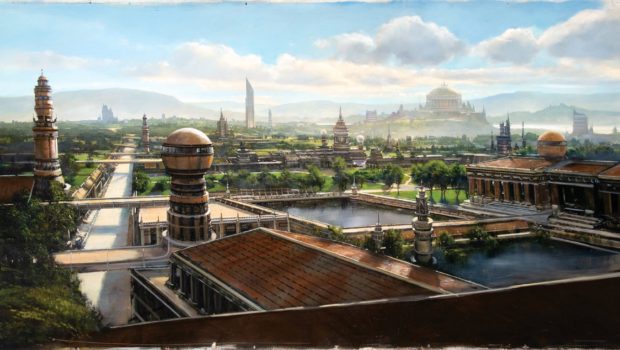
Historians in trouble as Bajoran Resistance reluctant to share stories
RAKANTHA PROVINCE, BAJOR – More than thirty years after the end of the Occupation of Bajor, historians still struggle to find former members of the Bajoran Resistance for interviews.
While some non-militant civilians and refugees have opened up about the events and conditions they witnessed during the Occupation, those who took part in the Resistance remain largely silent. Historians fear that a significant portion of the movement’s history may end up undocumented due to the lack of voluntary interviewees.
According to Professor Ove Ailbo of the University of Rakantha, Resistance fighters from the early years of the Occupation have been particularly difficult to reach.
“Last year, we met a 100-year-old Resistance fighter known for boasting about her past in the local pub. But when we approached her, she refused to talk,” Professor Ove explains. “The Resistance generation is dying out—and so is their history.”
The Occupation of Bajor by the Cardassian Union lasted from 2319 to 2369. The Bajoran Resistance, labeled a terrorist organization by the Cardassian Union, employed tactics such as sabotage and guerrilla warfare. Captured Resistance members were regularly executed by the occupying forces.
Archival material from the Occupation is slowly being opened for historical research. However, newer documents may remain sealed for decades due to their sensitive nature. For security reasons at the time, many events went undocumented, and physical evidence was deliberately hidden or destroyed. Additionally, numerous important records were lost either when Cardassian troops withdrew from Bajor or during the bombardment of Cardassia Prime by the Dominion in 2375.
Despite limited success with written documents and interviews, historians have made progress. The accidental discovery of a previously unknown Resistance cell’s hideout in the Rakantha Province last year sparked excitement among local university staff.
“It’s magnificent! A perfectly intact hideout, with still-functional landmines and makeshift transporter inhibitors! We learned so much about the ingenuity of the fighters from there,” Professor Ove describes enthusiastically. He is the lead scientist overseeing the site’s excavations.
However, Professor Ove believes such accidental discoveries cannot replace first-hand witness accounts. Locals in Rakantha City offer one explanation for the fighters’ reluctance.
“Why don’t they ask the Cardies [Cardassians] first?” exclaims Sabor Ib, 67, a retired construction worker, enjoying ice cream with his grandchildren in Temple Park. “I’m not giving up anything before those dirty spoonheads [Cardassians] tell their secrets first!”
Mr. Sabor lost both his parents and his brother during a raid on their refugee camp by occupying forces. He refused to answer whether he had been a Resistance fighter himself.
Professor Ove offers an alternative perspective.
“Many of them have difficulty trusting our researchers. They fear their reports could be used against them. In a way, some are still continuing the fight in their minds.”


 Previous Article
Previous Article Next Article
Next Article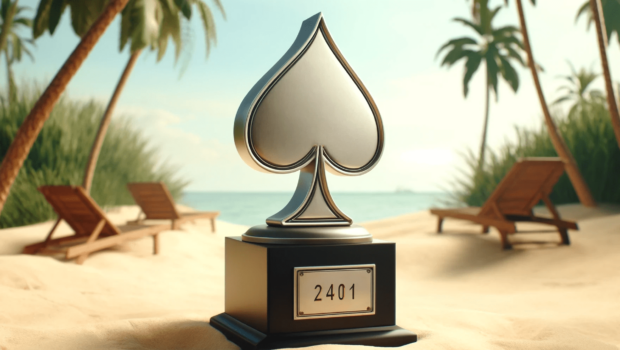 Coveted trophy, “The Silver Spade”, competed for during Bridge Championship on Risa
Coveted trophy, “The Silver Spade”, competed for during Bridge Championship on Risa 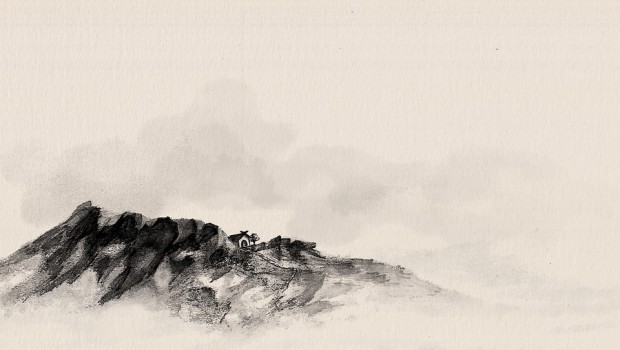 Original Nanpart Malor artwork sells for two thousand bricks of latinum
Original Nanpart Malor artwork sells for two thousand bricks of latinum 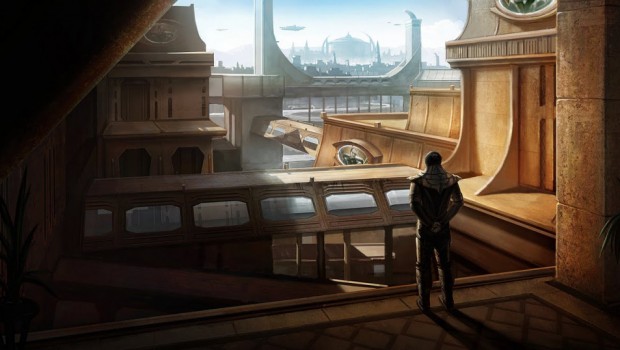 Copernicus City Theatre To Stage Betazoid, Cardassian Adaptations
Copernicus City Theatre To Stage Betazoid, Cardassian Adaptations  First holographic student accepted to Aldebaran Music Academy
First holographic student accepted to Aldebaran Music Academy 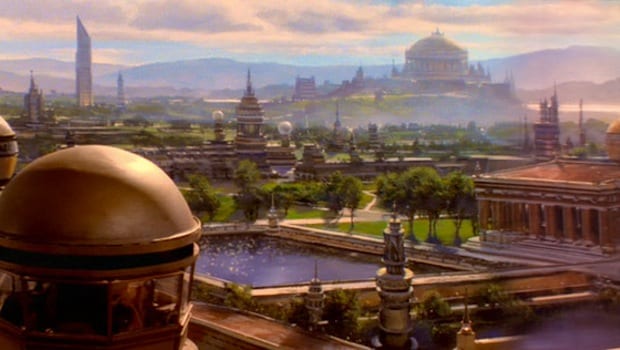 Festival of Ha’mara celebrations held as Bajorans mark twentieth anniversary of the Emissary’s sacrifice
Festival of Ha’mara celebrations held as Bajorans mark twentieth anniversary of the Emissary’s sacrifice 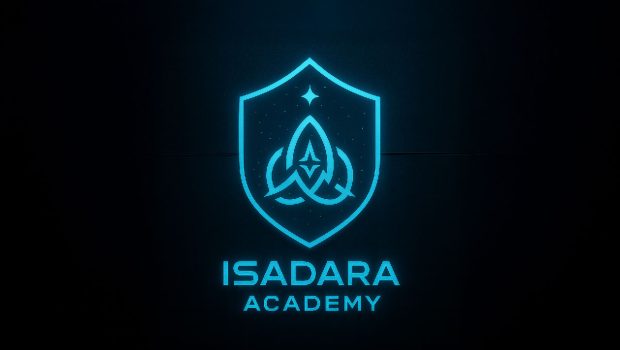 Vendikan academy keeps gruelling war‑game entrance exam centuries after cutting military ties
Vendikan academy keeps gruelling war‑game entrance exam centuries after cutting military ties 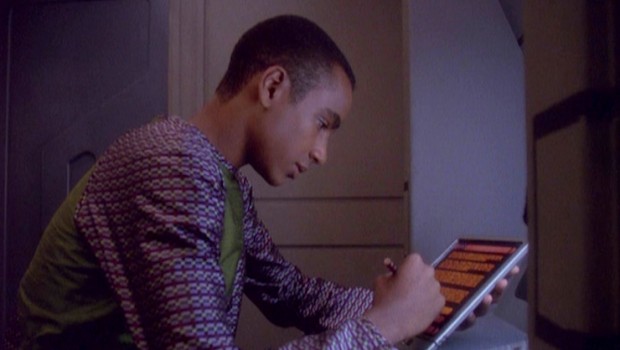 First ever galactic poetry competition to be held on Risa
First ever galactic poetry competition to be held on Risa